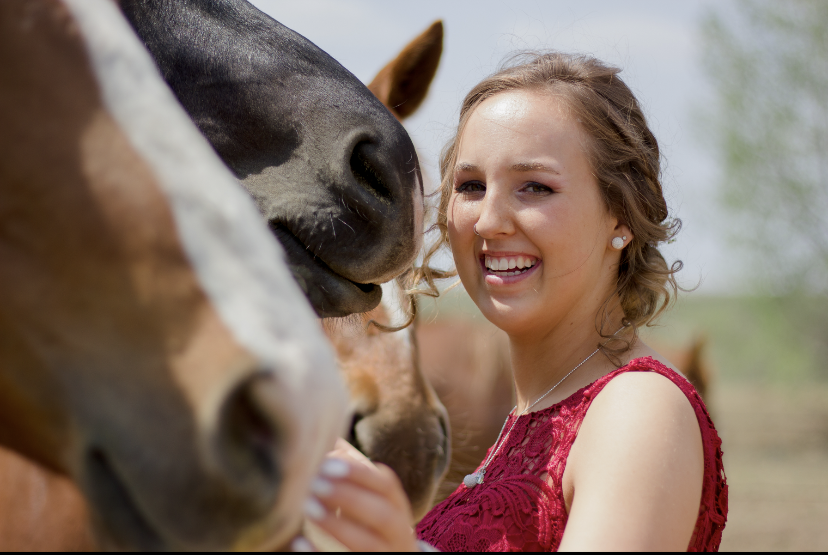Indigenous history was not something that any teacher ever really wanted to teach. Its something they would pull from a textbook or an article we would talk about it for two or so days and that was the extent of my knowledge and learning within our school. It’s a hard topic to teach unless you know or have family that went through the struggles within the indigenous history. As for learning while I have graduated high school and have join and entered society, I often learned about indigenous history through media articles, friends. Although I have learned the most through taking history courses within the few universities that I have attended. Learning about indigenous history has always been a passion of mine, from learning about the struggles they have endured, to learning how we can make a difference now.
Reconciliation only has one definition and that is to restore and repair the damage we have caused. We need to start with a plan of action that does not benefit us, and that’s what I have found with research and new information is every plan of action we take we do to make ourselves look good in the eyes of the people that were not directly affected by our negative impacts. We tried for so long to assimilate these children into catholic culture, we tried to erase who they were as individuals. Something we as future educators are taught not to do; it is our job to help our students become happy and healthy and help make individual people. This is something in the past that we failed. We failed the children that had to take part in residential schools.
While reading the TRC booklet-Truth & Reconciliation: there was many messages that resonated with me and will for a very long time, but that’s what its about is taking a leap into a new teaching set and helping fix what we broke without trying to make ourselves look good. The first message that resonated with me is that the TRC was created on the fundamentals that we would educate all students Indigenous and non-Indigenous about the hidden truth around and surrounding residential schools. This was done in hopes of leading a wide world and local action to inform and educate the public about this part of our history we have tried so hard to forget about. This is our history the good the bad and the ugly, and its time we stop hiding behind closed doors because we are embarrassed about the mistakes we have made in the past. Canada has a dirty past when it comes to Indigenous history, and eventually all our dirty laundry gets spilled. Its time to act and take responsibility for the damage we have caused as a nation.
As a future educator I will never be done learning about our past, I will never be done learning about the faults that my ancestors before me have made. It is although my turn to make a statement, to apologize for our actions and work towards a new beginning. Working towards a new beginning does not mean that we get to neglect our past. It is a part of us, and our history and we need to continue to have open conversations around Indigenous history so that we are able to move forward but acknowledge the past. My call for action will be part taking in open conversations, never telling anyone who lived through our mistakes that they took it all wrong. It is our job to learn and be the best educated that we can be, but that includes listening to stories about what happened and having an open mind.
For my visual representation I choose to do a sketch of a horse, the Native Americans had a special bond. They live in harmony, understanding each other and co-ensuing.
The feathers are a symbol, Native Americans used them often to symbolize honor and a connection between animal and owner. They use eagle feathers because it is to believe that the eagle is a gift from the creator to watch over everything that God created.
